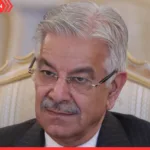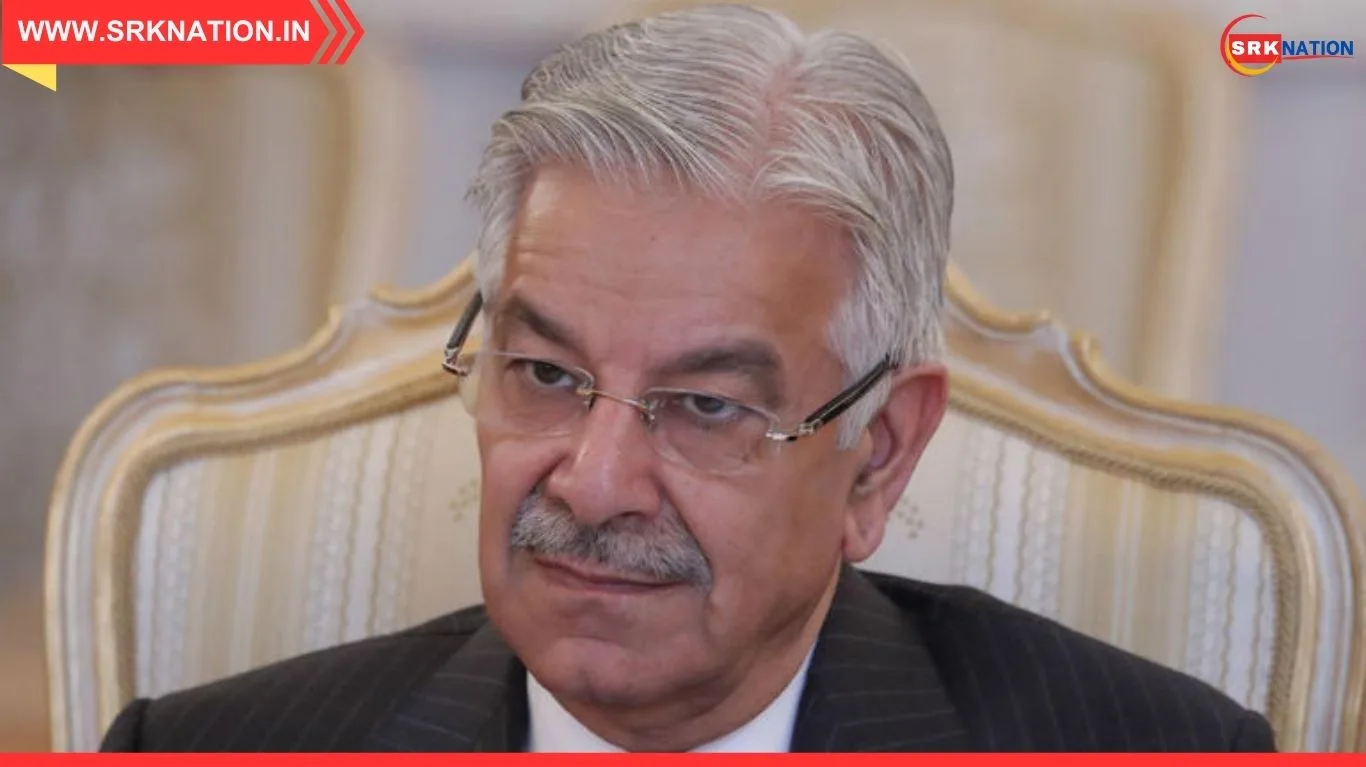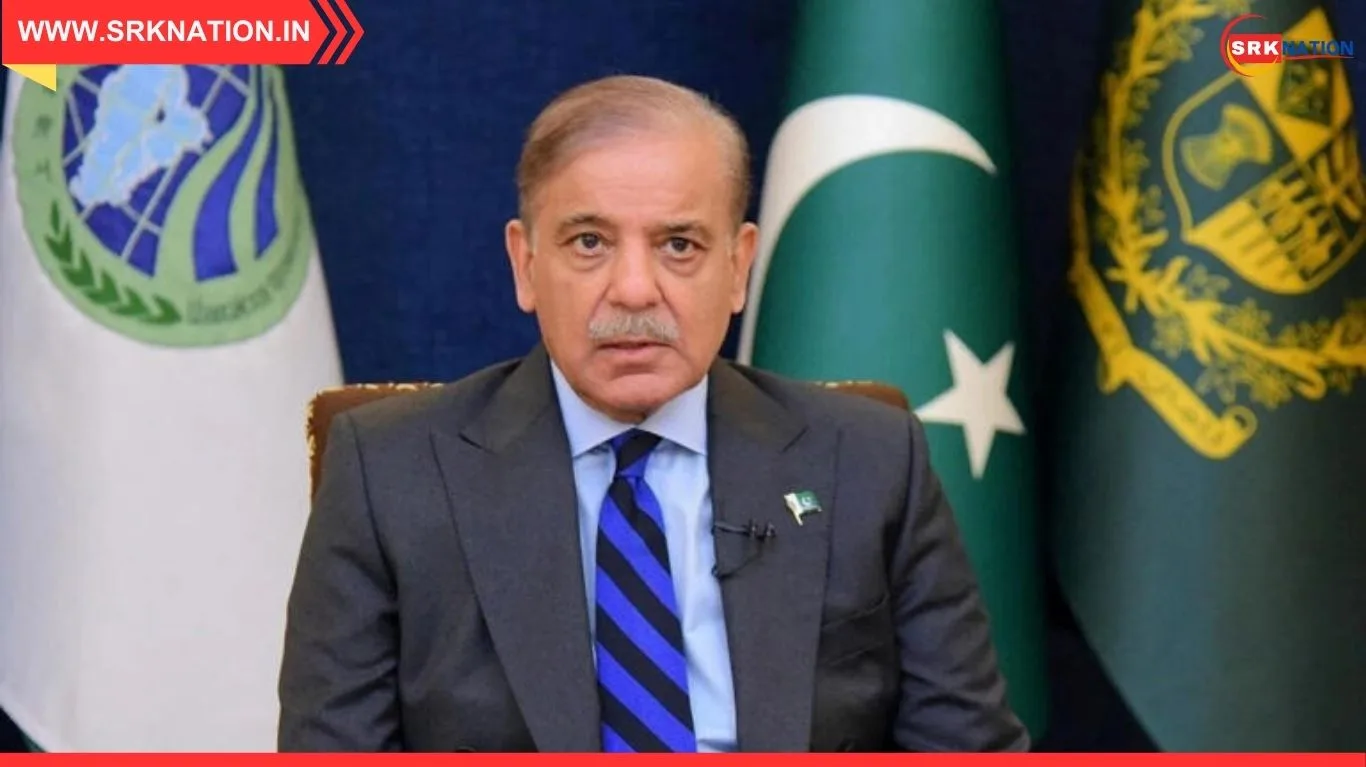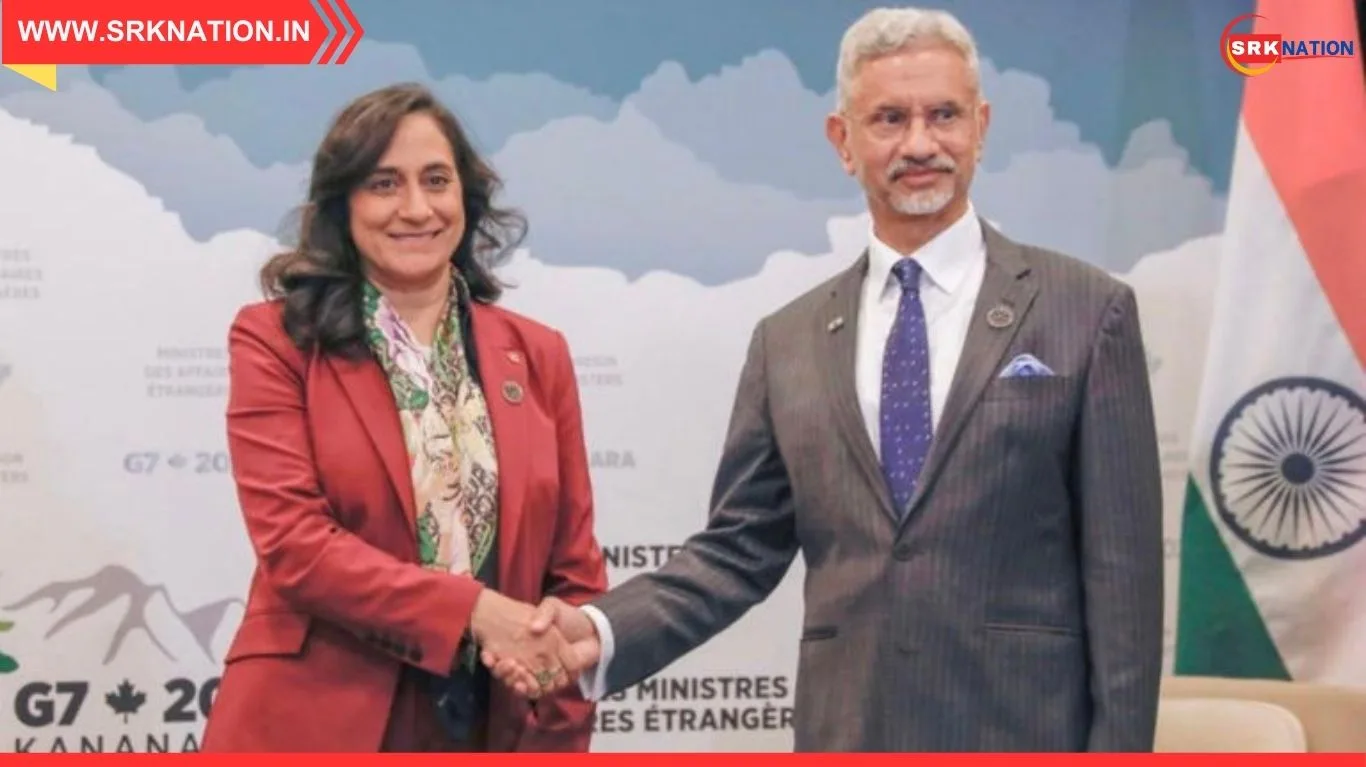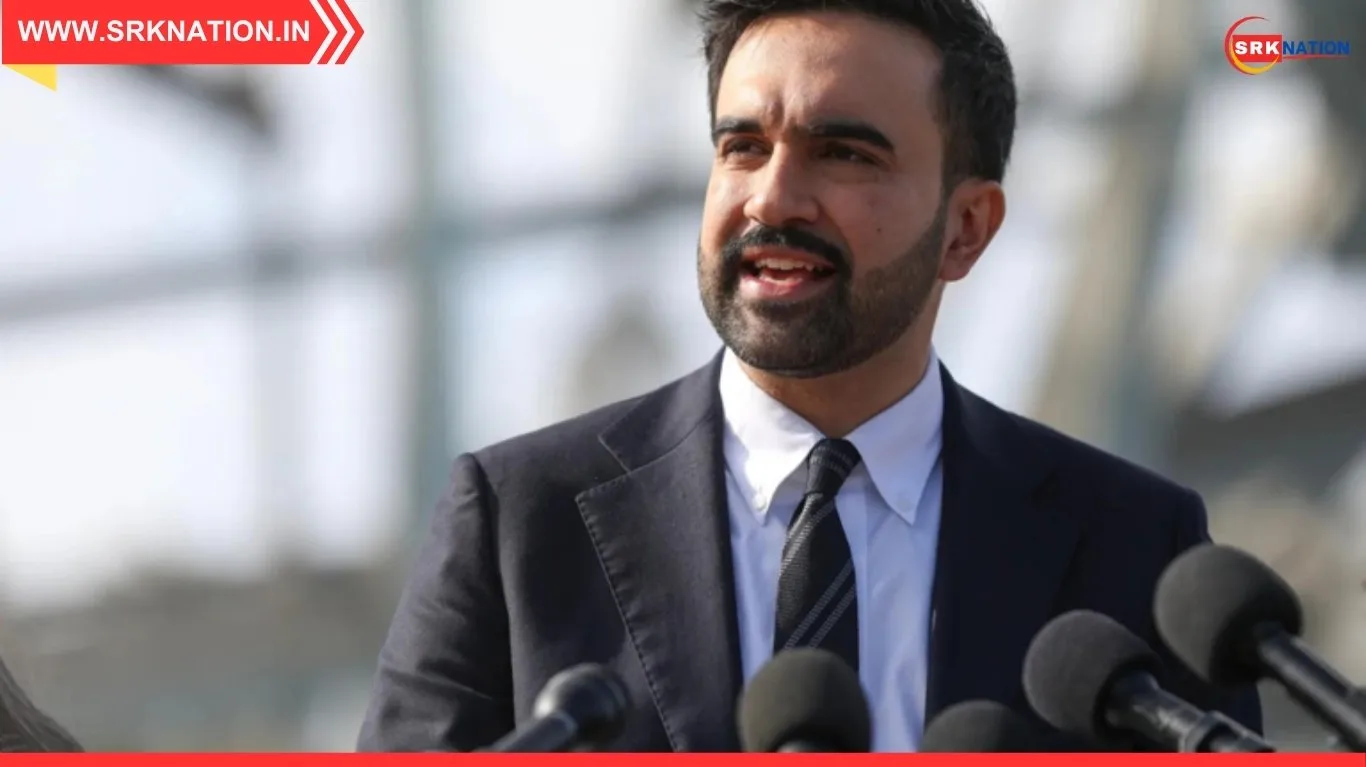In a landmark move to deepen bilateral ties and accelerate regional energy integration, India has announced a ₹4,000 crore concessional line of credit to Bhutan for funding energy projects, particularly in the hydropower sector. The announcement was made during Prime Minister Narendra Modi’s two-day visit to Bhutan, where he and Bhutanese King Jigme Khesar Namgyel Wangchuck jointly inaugurated the 1,020 MW Punatsangchhu-II hydroelectric project—a symbol of enduring Indo-Bhutanese cooperation.
This strategic credit line is expected to catalyze Bhutan’s energy infrastructure, enhance cross-border electricity trade, and reinforce India’s commitment to sustainable development in the Himalayan region.
Key Highlights of India-Bhutan Energy Partnership
| Parameter | Details |
|---|---|
| Credit Line Amount | ₹4,000 crore |
| Purpose | Funding energy projects, especially hydropower |
| Announced By | PM Narendra Modi |
| Venue | Bhutan, during bilateral summit |
| Key Project Inaugurated | 1,020 MW Punatsangchhu-II Hydroelectric Project |
| Other Agreements | MoUs on renewable energy, healthcare, mental health |
Strategic Significance of the Credit Line
- Strengthens Bhutan’s energy self-reliance by enabling the development of new hydropower projects.
- Enhances India’s energy security through long-term power import agreements.
- Promotes regional clean energy goals, aligning with India’s net-zero ambitions.
- Boosts economic development in Bhutan, creating jobs and infrastructure in remote areas.
- Reinforces India’s neighborhood-first policy, showcasing its role as a reliable development partner.
Overview of India-Bhutan Hydropower Cooperation
| Project | Capacity (MW) | Status | Indian Support |
|---|---|---|---|
| Chukha | 336 | Operational | Fully funded by India |
| Tala | 1,020 | Operational | Jointly developed |
| Mangdechhu | 720 | Operational | Indian assistance |
| Punatsangchhu-I | 1,200 | Under construction | Indian assistance |
| Punatsangchhu-II | 1,020 | Inaugurated Nov 2025 | Indian assistance |
India has been instrumental in Bhutan’s hydropower journey, with over 2,000 MW of capacity already operational and more in the pipeline. The newly inaugurated Punatsangchhu-II project is expected to supply electricity to both Bhutan and India, further integrating the two nations’ energy grids.
Connectivity and Infrastructure Boost
In addition to energy cooperation, PM Modi announced plans to connect Bhutan’s Gelephu and Samtse regions to India’s railway network. This will facilitate easier access to Indian markets for Bhutanese industries and farmers, enhancing trade and mobility.
MoUs Signed During the Visit
| Sector | Focus Area |
|---|---|
| Renewable Energy | Joint research and project development |
| Healthcare | Capacity building and telemedicine |
| Mental Health | Training and awareness programs |
These agreements reflect a holistic approach to bilateral development, extending beyond energy to include human capital and social infrastructure.
Regional and Global Implications
- Model for South Asian energy diplomacy: India-Bhutan cooperation is often cited as a benchmark for cross-border energy trade.
- Climate leadership: Bhutan is already carbon-negative, and India’s support helps sustain this status while meeting its own clean energy targets.
- Geopolitical stability: Strengthening Bhutan’s economy and infrastructure counters external influences and reinforces regional security.
Statements from Leaders
Prime Minister Modi emphasized that “progress and prosperity of India and Bhutan are closely linked,” and reiterated India’s commitment to being a trusted partner in Bhutan’s development journey. King Jigme Khesar Namgyel Wangchuck expressed gratitude for India’s continued support and highlighted the transformative impact of energy cooperation on Bhutan’s economy.
Conclusion
India’s ₹4,000 crore concessional credit line to Bhutan marks a significant step in deepening bilateral ties and advancing regional energy integration. With the inauguration of the Punatsangchhu-II project and renewed focus on connectivity and social development, the India-Bhutan partnership stands as a beacon of sustainable and inclusive growth in South Asia.
Disclaimer: This article is based on official statements and publicly available information. Readers are advised to refer to government sources for the most accurate and updated details.


